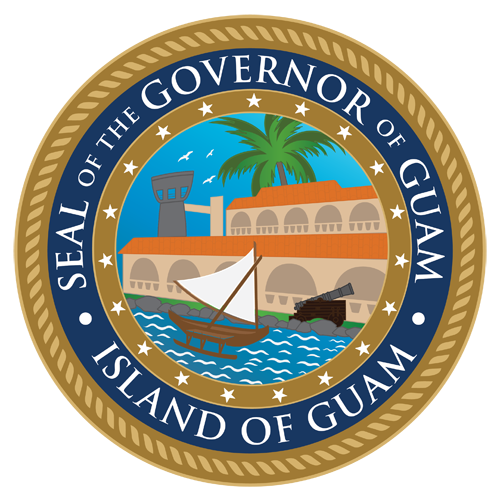1. What is a self-insured health plan?
Answer: A self-insured group health plan (or ‘self-funded’ plan, as it is also called) is one in which the employer assumes the financial risk of providing health care benefits to its employees. In practical terms, self-insured employers pay for each out-of-pocket claim as it is incurred instead of paying a fixed premium to an insurance carrier, which is known as a fully-insured plan.
2. How does this impact my coverage?
Answer: For the most part, your coverage and benefits will remain the same. However, it should be noted that from year to year, health insurance coverage and benefits vary slightly, even when insured by a private insurance company.
3. Can I continue going to the same doctor?
Answer: For the most part, yes. Since the insurance plan will be administered by Calvo’s SelectCare, doctors and clinics currently part of their provider network will still be a part of it. Of course, doctors and clinics can choose to opt out of Calvo’s SelectCare’s provider network at any time, just as they have always been able to opt out of the network.
4. What is a Third Party Administrator (TPA)?
Answer: A TPA is a company that provides administrative services for self-insured plans. They handle tasks such as claims processing, provider network management, member support, and data analysis.
5. What role does a TPA play in a self-insured plan?
Answer: The TPA acts as a service provider, assisting the employer in managing the day-to-day operations of the self-insured plan. They handle various administrative tasks, including claims adjudication, facilitating communication between employers and employees, and ensuring compliance with regulatory requirements.
6. Why do employers choose to work with a TPA for their self-insured plans?
Answer: Employers often partner with a TPA because they have the expertise and resources to effectively manage the complexities of self-insured plans. TPAs can provide cost-effective solutions, expertise in compliance matters, access to provider networks, and data analysis capabilities.
7. How do employers select a TPA for their self-insured plan?
Answer: When selecting a TPA, employers should consider factors such as the TPA's experience and reputation, their ability to meet the specific needs of the employer's industry and employee population, the range of services provided, cost considerations, and their technological capabilities.
8. What are the benefits of partnering with a TPA for a self-insured plan?
Answer: Working with a TPA can help employers streamline administrative processes, improve cost control efforts, ensure compliance with regulatory requirements, enhance member support, and gain access to valuable data and analytics for decision-making purposes.
9. Are there any potential challenges or risks associated with using a TPA for a self-insured plan?
Answer: While TPAs can offer many benefits, it's important for employers to carefully evaluate the reputation, financial stability, and track record of potential TPAs. Additionally, employers should ensure that clear communication and expectations are established to avoid any misunderstandings or issues down the line.
10. Can self-insured employers protect themselves against unpredicted or catastrophic claims?
Answer: Yes. While the largest employers have sufficient financial reserves to cover virtually any amount of health care costs, most self-insured employers purchase what is known as stop-loss insurance to reimburse them for claims above a specified dollar level. This is an insurance contract between the stop-loss carrier and the employer, and is not deemed to be a health insurance policy covering individual plan participants.
11. Who will administer the claims?
Answer: The TPA will adjudicate and process all claims. The TPA will advise GovGuam of claims, and GovGuam will send authorization to draw from the account and send payments directly to the providers.
12. What about payroll deductions?
Answer: Any payments made by employees for their coverage are still handled through the employer’s payroll department. However, instead of being sent to an insurance company for premiums, the contributions are held by the employer and placed in a special fund set up to draw funds to pay providers.
13. Is self-insurance the best option for every employer?
Answer: No. Since a self-insured employer assumes the risk of paying the health care claim costs for its employees, it must have the financial resources (cash flow) to meet this obligation, which can be unpredictable. Therefore, small employers and other employers with poor cash flow may find that self-insurance is not a viable option. It should be noted, however, that there are companies with as few as 25 employees that do maintain viable self-insured health plans.
14. How many people receive coverage through self-insured health plans?
Answer: According to a 2000 report by the Employee Benefit Research Institute (EBR), approximately 50 million workers and their dependents receive benefits through self-insured group health plans sponsored by their employers. This represents 33% of the 150 million total participants in private employment-based plans nationwide.
15. Do current TakeCare members have to complete enrollment forms since they are not being offered?
Answer: No. Current members will automatically be enrolled in the servicing TPA’s, SelectCare for medical and NetCare for dental. Members will be enrolled in the same plan and class. A form must be completed for any changes.
16. What do I need to do to enroll?
Answer: You must complete an enrollment form during the Open Enrollment Period.
17. Will I maintain my current clinic under TakeCare with SelectCare?
Answer: SelectCare’s provider list is similar to TakeCare's. Members will experience minimal to no disruption. Members are encouraged to verify with their doctors if they accept SelectCare.
###








